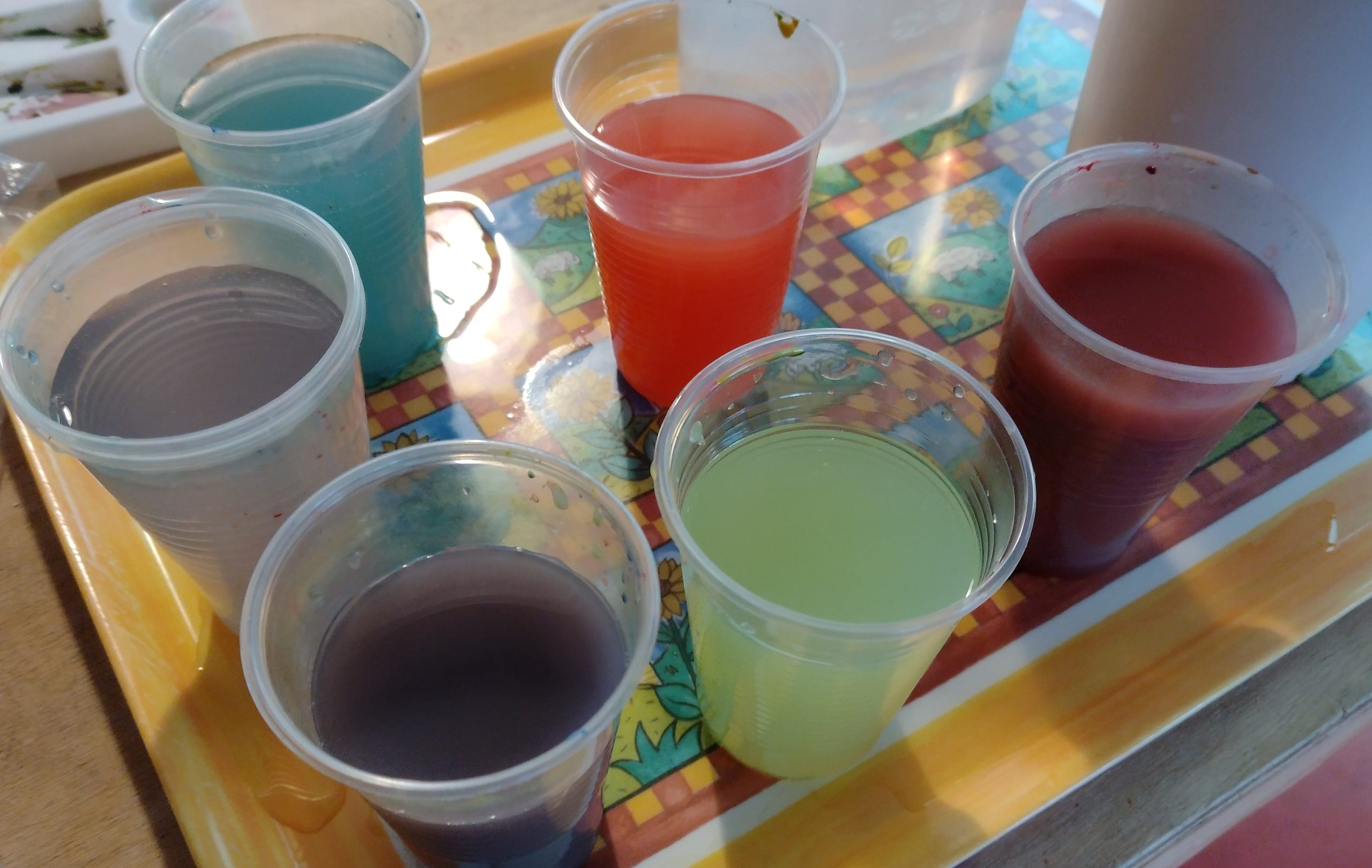The most important – in fact, vital – component of watercolour painting is water. This may seem obvious, or if you are used to working in a different medium then perhaps you think it’s an overstatement, yet while the ‘colour’ component is clearly necessary, the key to success in the medium both starts and finishes with water.
Anyone who has attended a Vistas holiday, a local sketching day or a course with me will be familiar with the cry:
‘More blue!’
‘More water! Still more!’
Many will remember it with amusement but remember it they will, and most will find the results, having dutifully followed instructions, a lesson learned. Even if it’s one they later choose to ignore. Funny it may be but it’s no joke: while an excessive use of blue is, indeed, personal taste, plenty of water is vital.
Even the most skilled watercolourists have minor battles with the medium at times and its unpredictable nature is one of the things I love most about it. Occasionally, mishaps can be serendipitous. Sometimes they are unavoidable, but usually a ‘mistake’ in a watercolour painting can be traced back to water, in one way or another.
Common mistakes in watercolour include:
Not enough water.
Your work will look muddy and dull, with reduced transparency. You will have hard edges where the colours have not blended together; washes will be streaky. Of course, there are certain techniques such as dry-brush where water is purposefully withheld but generally, and especially in a quick sketch, more is more.
Too much water.
Though it pains me to say it, this is also possible. Only if you fail to remove it, though. Allowing excess water to puddle, settling in the hollows of cockled paper or around taped edges, will result in those ‘cauliflowers’, or blooms. Experienced painters sometimes use these to their advantage and they can create interesting textures but in general terms we want to avoid them. Excess water should not be blotted with a rag (this will lift colour from the painting) but should be carefully sucked up using the corner of a sheet of kitchen roll or with a ‘thirsty’ brush.
Dirty water.
If your painting water starts to look more like your drink, change it. Keep your water, and your brush, clean. Otherwise, every time you put paint onto white paper, or go to mix a new colour in your palette, it will be contaminated and, once again will end up muddy rather than vibrant.
Water is free – at least, it is when it’s outside – so splash it on!

